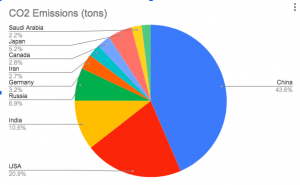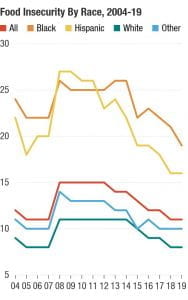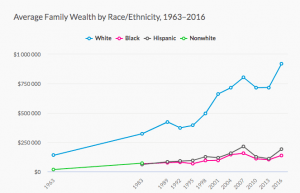
Los Angeles County, in California, has the largest jail system in the countryand is home to some of the jails and prisons with the worst, and most inhumane facilities. Before the COVID-19 pandemic, over 17,000 people in Los Angeles County were incarcerated daily. In this, Black and Latinx identifying people were the most incarcerated, especially Black women. This is at an incredibly disproportionate rate to white counterparts, who have been imprisoned at far lower rates. Amidst the pandemic starting in 2020, a call to action was made to lawmakers, forcing an examination of living conditions in jails in Los Angeles County, in accordance with the safety, health, and wellbeing of those being incarcerated. After some back and forth, the County decided upon establishing a “care-first” initiative, that would work towards reassessing how jail facilities were used, who were being incarcerated, and who deserved compassionate release due to COVID-19 complications. In other efforts in jails across Los Angeles County, the population began to decrease as there were increased efforts in slowing the transmission of the virus. The graph below details the jail population at the beginning of the pandemic until April of 2022 and expresses an extreme decrease in jail population by 30% a few months into the pandemic. Although promising, this change did not last for long as a few months later the population threshold in county jails fell way over the capacity set for the jail systems in the county. Although there have been strong efforts in lowering jail populations in accordance with health standards set by the Jail boards, these capacities continue to be exceeded because many people who are incarcerated do not have the resources to be released on bail. Jails are one institution that continues to disproportionately affect and impact Black and Latinx people in Los Angeles County. Going to jail and staying there for adverse periods of time has strong effects on mental health, and creates extreme obstacles for obtaining jobs and having steady foundations upon one’s release. This treatment continues the cycle of high crime rates and social and economic deterioration in predominantly Black and Latinx communities in Los Angeles. People should contact their city representatives, and fight for changes to be made in the LA county jail system. This is not a problem that will go away soon, as it is a foundational component to maintaining the class and race divide within the country.
Sources:https://www.vera.org/care-first-la-tracking-jail-decarceration








